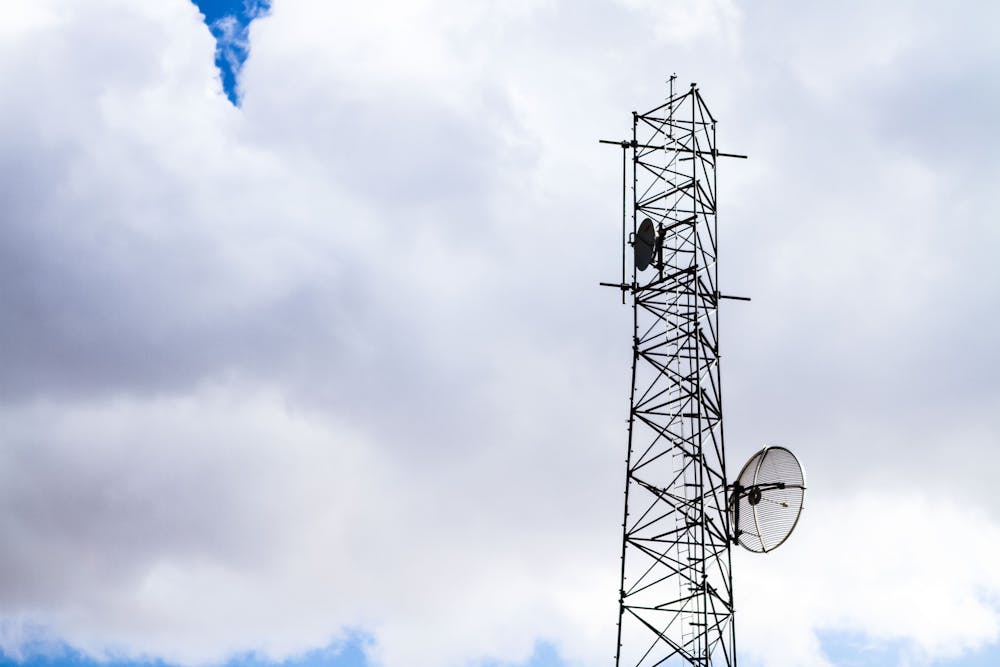General Obligation bonds appear on New Mexico ballots every two years, according to the University of New Mexico, and there are no tax increases associated with them. GO bonds are public debts that are paid through statewide property taxes, according to Ballotpedia.
The Public Safety Radio Communications Systems Bond Issue on the New Mexico ballot would issue $10 million to improve radio communication systems for first responders in the state if it passes.
This type of radio infrastructure is used by first responders — such as police and medical professionals — to stay in contact with people in need of their services and with each other, according to Advanced Network Services.
The funds would aim to “plan, design, purchase, install and implement related infrastructure to stabilize and modernize public safety radio communications systems statewide,” according to House Bill 308.
The bond proceeds would fund the ongoing expansion of the state’s Digital Trunked Radio System, according to a statement from the New Mexico Department of Information Technology.
DTRS centrally manages channels by switching users to available channels to enable efficient communication among a large number of users without interference, according to Science Direct.
The system “enables smaller rural areas to participate in DTRS technology and coverage, which they may not otherwise be able to achieve on their own,” the DoIT’s statement reads.
Over 50 agencies use DTRS technology, according to the DoIT.
“Expanding the system means more covered geographical areas, and thus being available to more first responder agencies,” the statement reads.
This translates into increased functionality, and the next phases of build-out mostly involve rural areas and the Mexican border region, according to the DoIT statement.
In a 2023 presentation, Michael Rohrbacher, director of public safety and radio communications at the NM DoIT, brought up a range of problems with the current system: an inadequate coverage footprint, poor or sometimes unusable voice quality, and old equipment.
As of 2023, rural New Mexico still lacked coverage, though Bernalillo County, Doña Ana County and Valencia County had 90% coverage, according to KRQE.
Get content from The Daily Lobo delivered to your inbox
Shin Thant Hlaing is a freelance reporter for the Daily Lobo. She can be reached at news@dailylobo.com or on X @dailylobo






